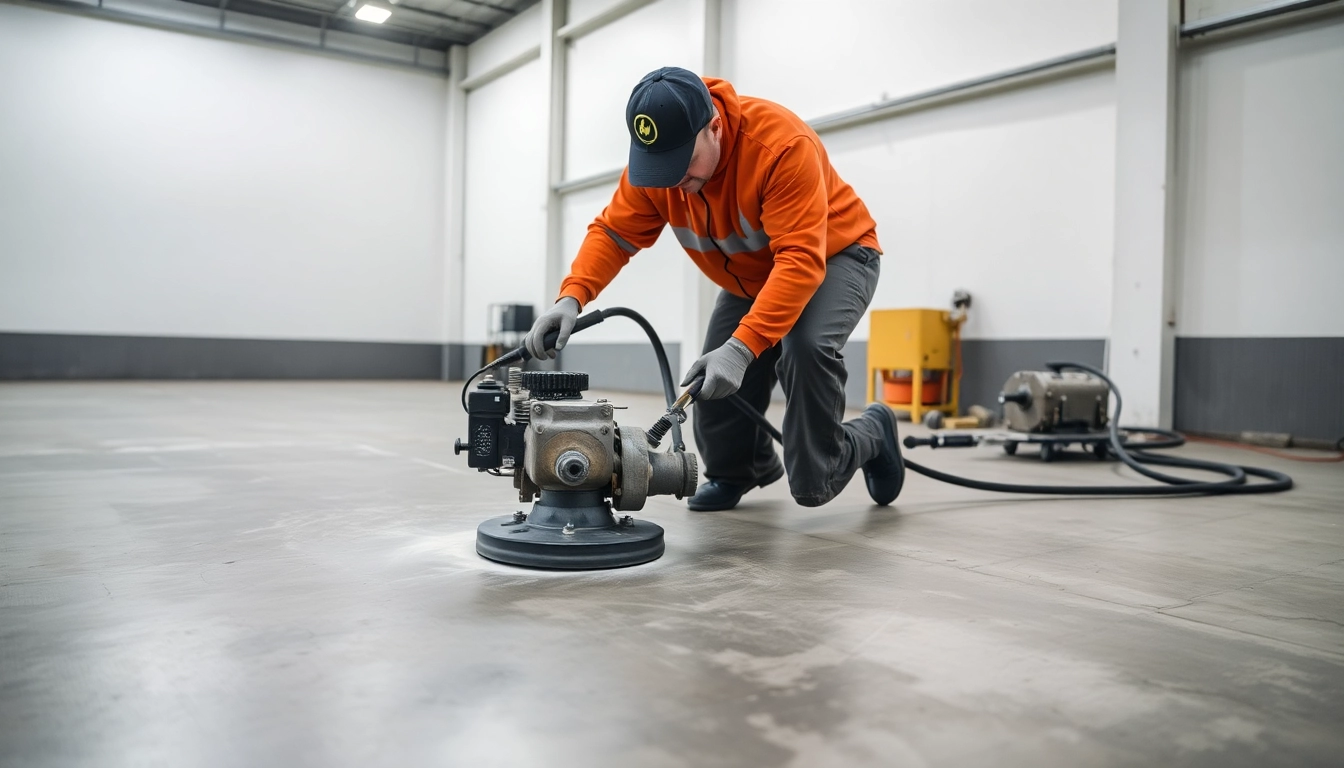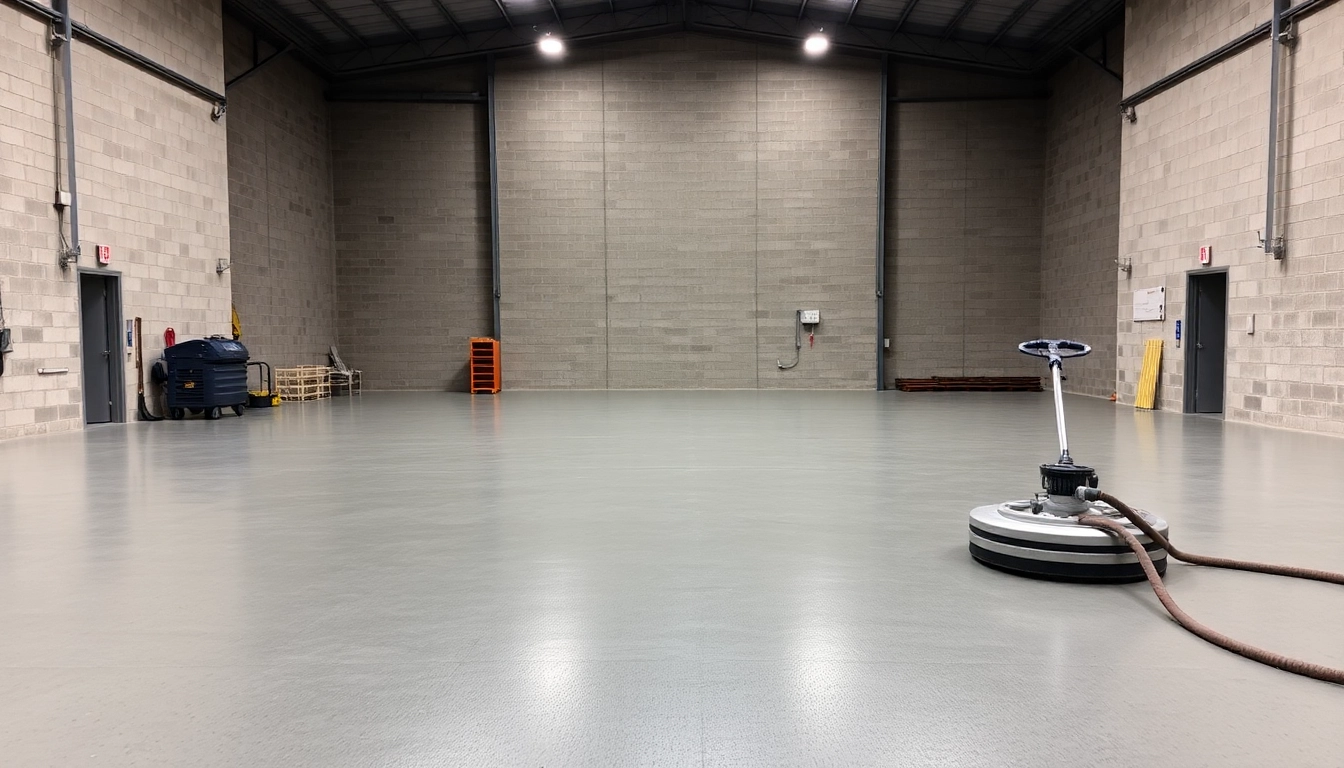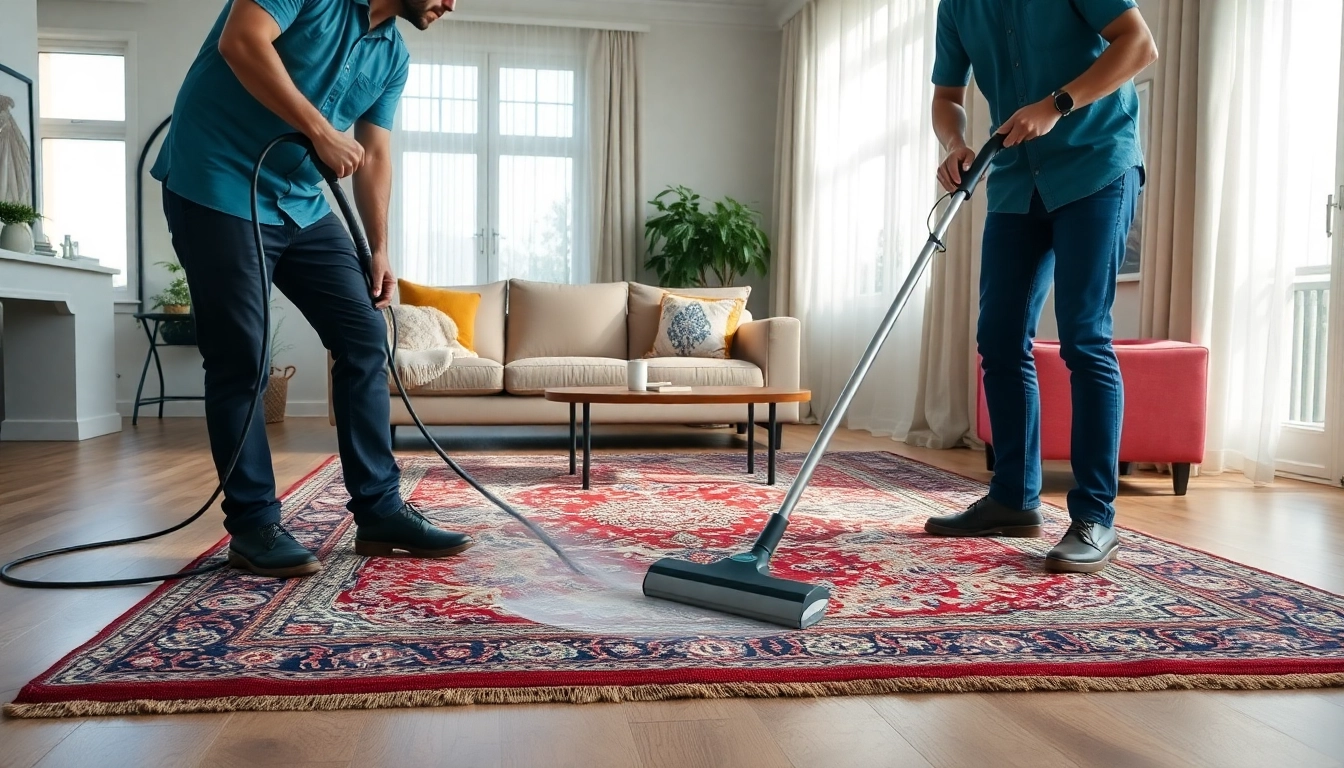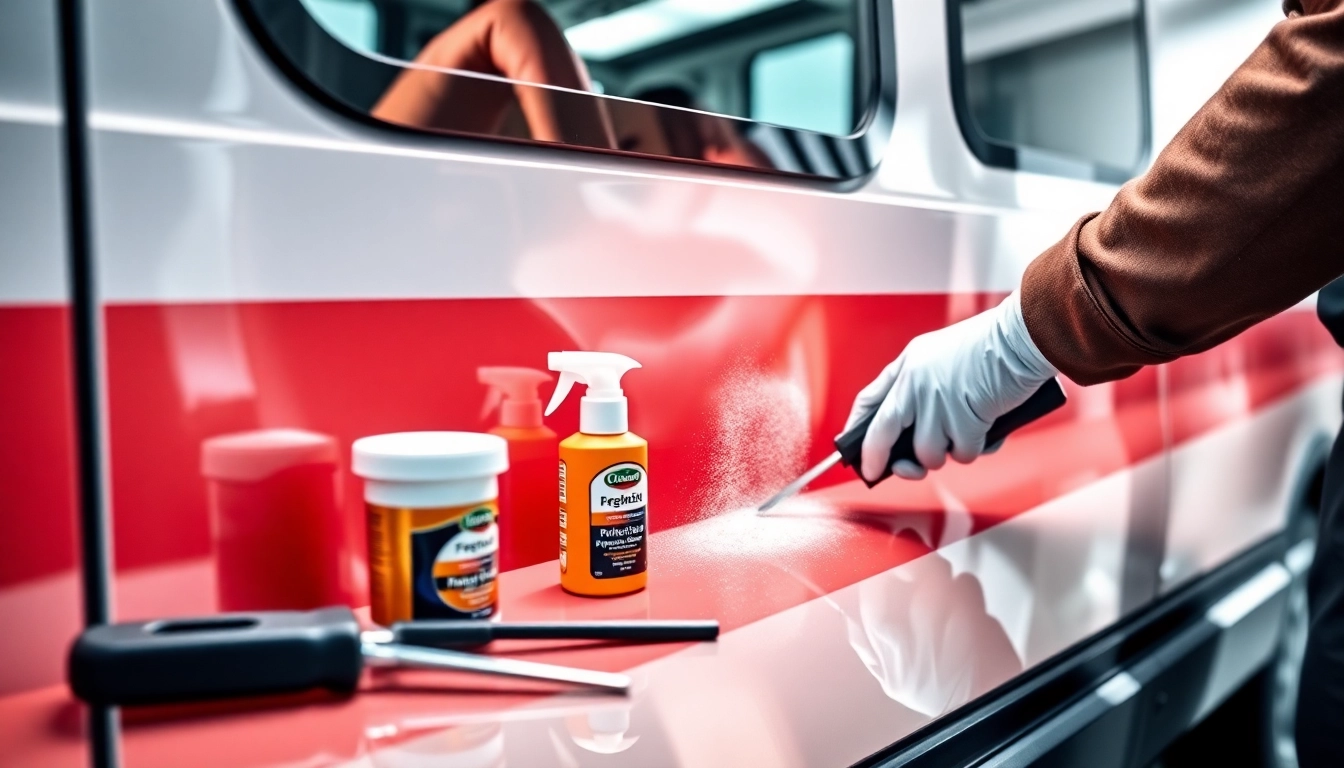Choosing replacement windows is a decision that blends design, performance, and peace of mind. The right selection can dramatically improve comfort, reduce energy bills, and raise curb appeal, while a smooth installation minimizes disruption to your daily life. To navigate this, homeowners should map out goals, budget, and the local market before talking to contractors. Understanding what to prioritize—whether it’s energy savings, noise reduction, or frame durability—helps you compare options with confidence and vet installers more effectively.
To start your search, explore trusted local partners who combine product knowledge with dependable service — a vital step in ensuring lasting value. replacement window installers near me is a phrase you’ll see often, but the real question is: how do you identify the right match for your home?
Understanding Your Window Replacement Needs
Begin by clarifying what you want to achieve with your window replacement. This anchors decisions on frame material, glazing, and installation approach, reducing back-and-forth and scope creep during the project.
Assessing Goals and Budget for Your Window Project
Start with a three-tier plan: must-haves (weather sealing, security), nice-to-haves (enhanced hardware, upgraded aesthetics), and contingency for unexpected issues. Budget should factor product cost, installation labor, and incidental expenses such as repainting or trim work. A practical range for typical residential projects varies with window count and materials, but planning for 10–20% overrun is prudent to cover field conditions and permit fees.
Energy Efficiency Options and ROI
Low-E coatings, double- or triple-pane configurations, and gas fills (argon or krypton) improve insulation and comfort. Choosing framings with strong thermal breaks and weatherstripping reduces heat transfer and drafts. ROI depends on climate and usage, but well-installed, energy-efficient windows often pay back in 5–10 years through lower utility bills and reduced wear on HVAC systems, while boosting resale value.
Timeline, Permits, and Compliance
Expect lead times to vary by material and season. Permits may be required for exterior changes or structural work, and installers should follow local building codes and warranty requirements. A transparent contractor will outline a realistic schedule, identify weather-related risk windows, and coordinate any necessary inspections to keep your project on track.
Finding Local replacement window installers near me: What to Look For
Local installers bring knowledge of regional codes, climate considerations, and rapid service. National brands offer scale and standardized processes, but may lack the local responsiveness that matters in ongoing warranty support.
Local vs National Installers: Pros and Cons
Local pros often provide fast response, personalized communication, and willingness to tailor solutions to your home’s quirks. National outfits can simplify procurement and offer broad warranties, yet they may have higher overhead or less flexibility on scheduling. In Denver-area markets, consumer sentiment leans toward regional specialists who balance price with dependable service and strong post-install support.
How to Vet replacement window installers near me
Ask for a portfolio of completed jobs, licenses, insurance certificates, and at least three references. Verify that installers conduct in-home measurements, provide written warranties, and explain material options with objective pros/cons. Check online reviews for consistency on installation quality and cleanup; a few focused testimonials beat a long list of generic ratings.
Quotes and In-Home Consultations
Request itemized bids that differentiate product costs from labor and any disposal or repainting charges. Schedule in-home consultations to assess window fit, hardware quality, and the installer’s site protection practices. A thorough quote helps prevent post-sale surprises and supports apples-to-apples comparisons across providers.
Step-by-Step Window Replacement Process and Best Practices
A predictable process reduces anxiety and drives consistent results. From pre-install to final sign-off, each phase has essentials that protect your investment.
Pre-Install Preparation
Prepare by removing medications, securing pets, and protecting valuables. The crew will protect floors, layout dust barriers, and confirm measurements. If framing or structural repairs are necessary, plan for possible extended lead times and dust containment procedures, especially in occupied homes.
The Installation Day: What Happens
Old sash removal is followed by frame inspection, flashing, and weatherproofing. Installers place the new units, adjust alignment, seal with high-performance caulking, and test hardware. Interior trim is replaced or refreshed, and the team performs a thorough cleanup to minimize post-install residue and paint touch-ups.
Quality Checks and Sign-Off
Expect a final walkthrough to verify operation, air-tightness, and water resistance. The contractor should provide warranty paperwork for both product and labor and explain maintenance needs. A complete sign-off ensures you know what to expect when issues arise and how to access service under warranty.
Costs, Warranties, and Making the Right Choice for replacement window installers near me
Understanding cost structures and warranties empowers better decisions and avoids regrettable choices after installation.
Reading Warranties and Labor Coverage
Product warranties typically cover defects in glazing and frames for 10–20 years, while labor warranties may range from 2–5 years. Confirm what triggers coverage (installation flaws, seal failures, or frame distortion) and whether exclusions apply to weather events or improper maintenance.
Transparent vs Hidden Costs
Ask for a transparent breakdown of product costs, labor rates, disposal fees, and any upgrade charges. Hidden costs often appear as mandatory add-ons for undercoats, trim work, or extra weatherproofing. A comprehensive estimate reduces surprises and fosters trust with the installer.
Scheduling, Maintenance Plans, and Service After Installation
Consider maintenance options such as annual cleaning, hardware lubrication, and seal inspections. Service plans can extend the life of windows and simplify future repairs, reinforcing value over time and aligning with expectations from reviews noting strong post-install support in resilient markets.
Maximizing Value: Post-Install Care and Performance Metrics
Post-install care and measurable performance are markers of real value beyond the initial sale. Track indicators that show your investment performing as intended.
Performance Metrics to Track
Key metrics include U-factor (heat transfer), Solar Heat Gain Coefficient (SHGC) for sunlight control, condensation resistance, and acoustic ratings. Monitoring these helps confirm that energy and comfort gains meet forecasts and informs any future upgrades.
Long-Term Care for Your Windows
Regular cleaning, gasket checks, and hardware lubrication prevent binding or leaks. Address minor issues promptly to avoid escalation and preserve the warranty coverage. A proactive maintenance routine protects both aesthetics and performance for years to come.
Case Studies: Real-Life Results
Consider a Denver-area home that upgraded to insulated, Low-E coated units with careful installation by a regional installer. The result was a noticeable drop in heating bills and improved summer comfort, with a warranty-backed process that minimized disruption. Real-world outcomes like these reflect the value of choosing experienced, local partners who understand the climate and building practices.














